Processes within publicly funded organisations are only effective if they are clearly tied to achieving a desired outcome. Building on or refining processes without considering what, if any, value they create can result in more, rather than less, complication and inefficiency. As new processes are layered onto existing ways of working, these sedimentary processes can act as barriers to efficient and effective work to maximise public value.
Publicly funded organisations do not have the luxury of redesigning processes from scratch each time goals or objectives change. Instead, they add processes, layering new practices over existing ways of working, and innovate as best they can within existing systems.
It is easy for established processes to become part of the organisational furniture. Sometimes the rationale behind processes is lost in time. Once useful work can become a ritual, performed because it has always been performed, and reinforced by organisational habits and cultures. When opportunities for change arise, these habitual patterns are often built into new processes, unchallenged.
Organisations confronted by complex problems tend to revert to, or build upon, familiar processes, rather than recognising opportunities for change.
Over time, the interaction of old and new processes creates redundancies and loop-holes that often contribute to perverse, unintended, or sub-optimal outcomes. Publicly funded organisations, which tend to be long-lived, can build up decades, or even centuries, of sedimentary processes. Over time, these processes calcify, and out-dated patterns and workarounds become part of the bedrock on which newer, allegedly improved, approaches are built.
Change always brings uncertainty, and large organisations may seek to minimise disruption by maintaining established processes and practices even when new tools become available. Confining current processes within the constraints of the past both sustains historical inefficiencies, and fails to realise the full benefits of new ways of working.

The temptation to minimise disruption to existing processes is understandable, but changes are also rare opportunities to challenge and streamline processes rather than adding to them.
Mapping out existing processes can make underlying assumptions more explicit, helping workers to understand both what they are doing, and why. This often reveals redundant sedimentary processes, such as generating reports or holding meetings that are no longer useful to drive decisions. The purpose of each process and step, individually and collectively, should be challenged, and anything that does not contribute to desired outcomes should be removed.
Decisions about trade-offs between stability and continuity versus efficiency and simplicity are not always simple, and they should be informed rather than habitual.
Understanding the purpose and contribution of an existing, or proposed, process is the key to minimising the negative effects of outdated, sedimentary processes on organisational efficiency. It takes more effort to design and manage changes that challenge existing assumptions and practices, but it is also more likely to unlock significant efficiencies by simplifying, streamlining, or stopping redundant processes.
Making existing and proposed processes and assumptions more transparent can also help to identify and realise benefits from new ways of working. New technologies and practices can be much more flexible and efficient, but only if organisations resist the desire to impose existing processes onto new tools.
Temporary disruption can be a small price to pay for blasting through complex, but often invisible, layers of sedimentary processes.
